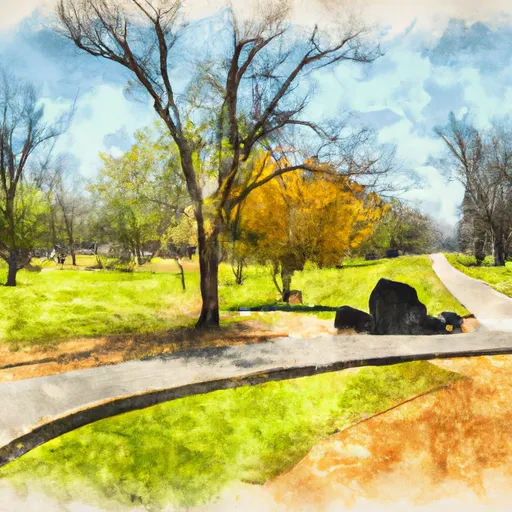°F
°F
mph
Windspeed
%
Humidity











Anna is a city located in Collin County, Texas, with a population of approximately 16,000 people. The climate in Anna is classified as humid subtropical, with hot summers and mild winters. Annual precipitation averages around 41 inches, providing ample water resources for the region. The hydrology constituents in Anna are primarily derived from the nearby Trinity River, which feeds into Lake Lavon. This provides ample opportunities for outdoor recreation, with fishing and boating being popular activities. Other outdoor activities in Anna include hiking and biking on the many trails that wind through the city's parks and natural areas. The city also has several community parks and recreational facilities that offer a variety of sports and fitness activities.
Weather Forecast
Anna receives approximately 1044mm of rain per year, with humidity levels near 75% and air temperatures averaging around 18°C. Anna has a plant hardyness factor of 8, meaning plants and agriculture in this region tend to thrive here all year round.
Regional Streamflow Levels
92
Cubic Feet Per Second
1
Cubic Feet Per Second
2
Cubic Feet Per Second
42
Cubic Feet Per Second
Nearby Camping
| Camping Area | Reservations | Toilets | Showers |
|---|---|---|---|
| Waxahachie - Bardwell Lake | |||
| Wolf Creek - Navarro Mills Reservoir | |||
| Oak Park - Navarro Mills Reservoir | |||
| Public Use Area 3 - Groesbeck | |||
| Fort Parker State Park | |||
| Liberty Hill - Navarro Mills Reservoir |



